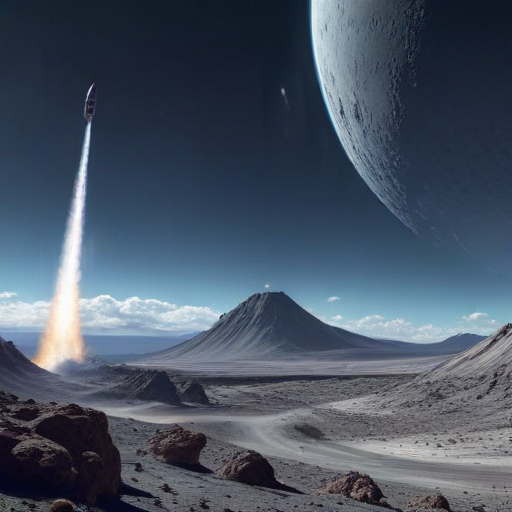SpaceX successfully launched another Starship rocket on Tuesday, though this time the company opted not to attempt catching the booster with its giant mechanical arms. Instead, the booster was directed to splashdown in the Gulf of Mexico after the test flight commenced from Texas.
According to SpaceX spokesman Dan Huot, the flight director decided against commanding the booster to return to the launch site due to certain criteria not being met, but did not specify what the issues were. The booster landed in the water approximately three minutes after launch.
The Starship spacecraft, however, performed a successful flight, soaring over the Gulf of Mexico and taking a near-global loop similar to its earlier test in October. The spacecraft ultimately targeted the Indian Ocean for a controlled, albeit destructive end to the hour-long demonstration.
This latest test is part of ongoing efforts by SpaceX and NASA to utilize the enormously powerful Starship for future missions, including returning astronauts to the moon and eventually to Mars. SpaceX made some adjustments to the flight plan from the previous test, including a later afternoon launch to provide optimal daylight visibility for observing the spacecraft’s descent.
New mission objectives included igniting one of the engines in space to simulate conditions that would occur during a return from orbit. The spacecraft also carried thermal protection experiments, testing areas lacking heat tiles, which could inform future designs and catch mechanisms. SpaceX plans additional upgrades for the next flight.
Notably, former president Donald Trump attended the launch, highlighting a growing connection between him and SpaceX founder Elon Musk.
SpaceX envisions a future where the entire 400-foot Starship can be reused, which would significantly reduce costs for missions to the moon and Mars. The company has already demonstrated time and cost savings through the reuse of its Falcon rocket fleet. NASA has contracted SpaceX for over $4 billion to facilitate moon landings for astronauts using Starship later this decade, while Musk dreams of building a city on Mars with a fleet of Starships.
This launch marked the sixth fully assembled Starship flight in 2023, following three previous launches that ended in explosions.
In summary, while this recent test flight faced challenges with the booster recovery, the ongoing advancements and objectives of the Starship program continue to build a hopeful trajectory towards future lunar and Martian exploration. SpaceX’s commitment to refining its technology and pursuing reusability stands to not only revolutionize space travel but also make it more economical and sustainable.
